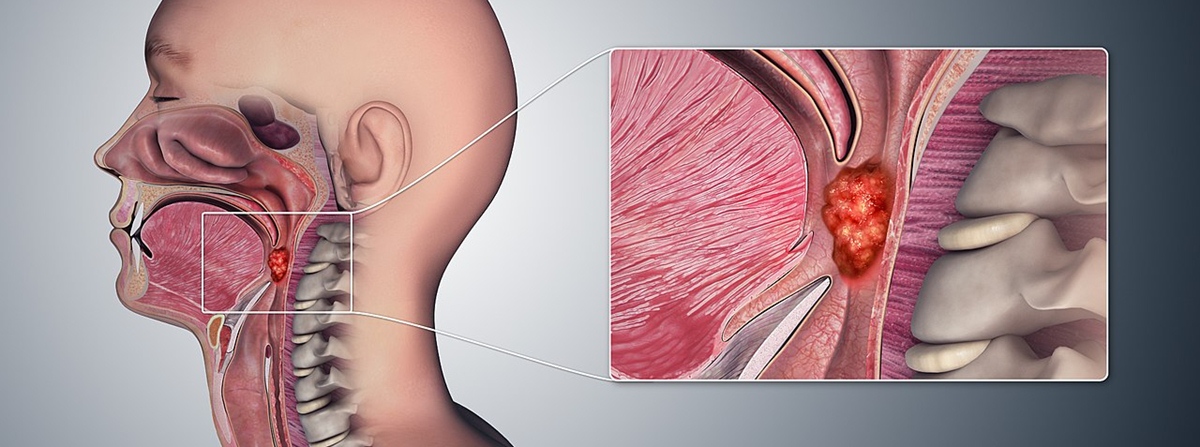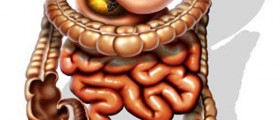Jaw cancer is a malignant disease that features abnormal and uncontrollable growth of jaw tissue. The disease is rather complex and has to be treated aggressively. The prognosis depends on the stage of the disease. However, as in other malignant diseases patient with jaw cancer tends to come to the doctor when the disease has progressed.
Jaw Cancer Risk Factors
Majority of oral cancers are connected with tobacco consumption and chewing. Smoking cigarettes and heavy drinking may lead to oral cancers as well. Still, in the case of jaw cancer, the thing is that it originates from the jaw bone and hence does not stand in any kind of connection with the previously mentioned risk factors. So tumors that originate from the jaw bones are sarcomas.

Jaw Cancer Symptoms
The pain may be the only symptom in the very beginning. The cause of the pain is the destruction of the bone by the rapid growth of the tumor. The pain occurs even before any other significant signs of the disease. It may even occur in the early stages and sometimes painkillers may reduce the pain intensity stealing the precious time of the patient and postponing the visit to the doctor.
Apart from pain one may palpate or even notice a lump in the jaw. This lump is firm and does not move. It is fixed to the jaw structures. Generally, lumps are painless when touched. Additionally, if the tumor is located near the teeth its growth may lead to loss of teeth.
This is pathognomonic for jaw cancer. What is more, patients may complain about tingling sensations in the jaw which occurs especially during sleep.
The tumor may spread rapidly affecting the muscles that are in charge of opening the jaw. If these muscles get affected one may not be able to open his/ her mouth. This will lead to further problems regarding chewing and swallowing of the food.
The worst thing that can happen is the spread of the cancer to local lymph nodes and the surrounding area. Enlargement of neck lymph nodes most definitely points to the spread of the disease.
Metastases are poor prognostic signs. Having metastases in local lymph nodes is even better than if one presents the symptoms of further metastases such as those in the lungs, liver, or even brain. In that case, the disease soon leads to a lethal outcome.
- In this cross-sectional study, data were collected from 108 patients with a definitive diagnosis of oral cancer by a standardized questionnaire. Data were analyzed by descriptive statistics, including mean, standard deviation, frequency, frequency percentage, and inferential statistics, including logistic regression analysis. P
- The mean time of referral to a therapist was 17.73 ± 22.80 weeks, with 53 (49.1%) patients having a delay of more than 10 weeks. Age, education level, smoking, disease stage, N class, M class, and type of cancer were not significantly associated with the incidence of delay (P>0.05).
- Patients whose first signs were significant bleeding and/or unrecovered ulceration showed a significant reduction in the delay time (OR = 0.024 and P = 0.038).
So if one feels pain in the jaw, it is best to consult his or her dentist, and if the dentist suspects something malignant, he or she will forward the patient to a specialist who will then establish the final diagnosis and start the treatment. Starting point in this type of tumor is a simple X-ray of the jaw. It will present destruction of the bone or a newly formed mass within the bone.
- www.nhs.uk/conditions/mouth-cancer/treatment/
- www.nhs.uk/conditions/head-and-neck-cancer/
- Photo courtesy of http://www.scientificanimations.com via Wikimedia Commons: commons.wikimedia.org/wiki/File:Oropharyngeal_Cancer.jpg

















Your thoughts on this
Loading...